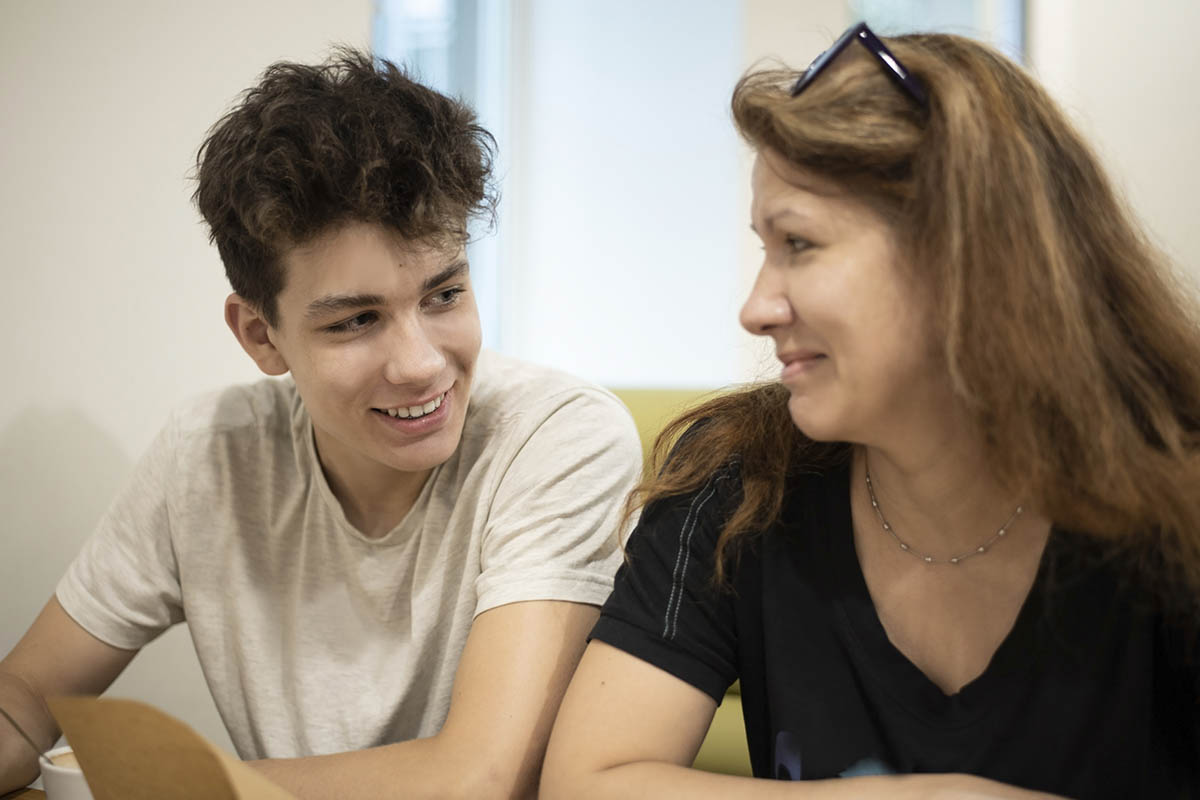Boundaries are never easy. For some people, they may feel like limitations. For people with autism, boundaries properly placed can help minimize safety risks and improve relationships with each family member. Autism treatment programs can help to create these types of opportunities.
When setting boundaries for children with autism, communication and understanding are at the heart of success. At Camp Worth, our autism treatment programs help children develop these skills while helping them understand clear and appropriate boundaries.
What Are Important Boundaries for Children with Autism?
Why is having boundaries in place so crucial for families with autism? In short, boundaries create expectations. That can help every person to understand their role and what is expected of them. Clear boundaries offer a wide range of benefits in daily life, including:
- Allows people to communicate needs appropriately
- Provides reassurance and support – a person learns and understands what to expect
- Can help to improve life skills
- Aids in improving communications
- Reduces anxiety and fear of the unknown
- Creates opportunities for self-care and self-respect
In many situations, boundaries are tools that help establish the ground rules. From there, health and learning can improve. Boundaries may even help children to feel more comfortable in the world around them.
How Do I Begin Setting Boundaries with an Autistic Child?
Parents of children with autism can feel overwhelmed when setting boundaries. No one likes to be told what they can and cannot do or that they have restrictions. Yet, setting these boundaries offers long-term benefits. Often, if there is pushback or conflict, that will improve over time for most people.
To set such boundaries, first set an outer limit. That means not restricting what a person can do or cannot do extensively – don’t limit them to just a few things. Instead, provide free-range access to what’s acceptable. A good way to do this would be to say anything in the backyard is accessible, but nothing beyond the fence is.
Other core benefits to keep in mind when it comes to setting boundaries include:
- Everyone feels included when creating goals for each member of the household.
- Once you set boundaries, keep them in place long term. Stick with it!
- Make decisions that work for your family and your situation.
- Focus on the areas most important to your child’s safety and engagement.
- Allow time for growth by creating opportunities for children to expand what they can do as their skill improves.
At the heart of this process is improving communication and understanding. For everyone to remain on the same page, there has to be a focus on improving communication for the child but also for all parents and family members involved.
How to Improve Communication and Boundaries for Children
As you consider opportunities for setting boundaries in your home, remember that children with autism constantly need reinforcement of verbal skills. This is what is going to help them to learn and understand their boundaries.
At Camp Worth, we offer a residential treatment program that can begin to create the changes you want to see in your home. To achieve improvements in boundaries, setting a foundation for learning and skill development is key. That’s where our team can help.
We offer an autism treatment program for teens between the ages of 11 and 17. Many are high functioning and often misunderstood. Their parents are often frustrated and overwhelmed. We create opportunities for improvement through therapy and hands-on learning. This can offer many benefits, such as improving communication, building stronger relationships within families, and creating the structure families often need.
Find the Support You Need at Camp Worth
Our autism treatment team is here to help you set boundaries for children with autism and rebuild your family dynamic. Learn more about Camp Worth when you call 855.915.2545 or reach out to us online now for the support you need.








